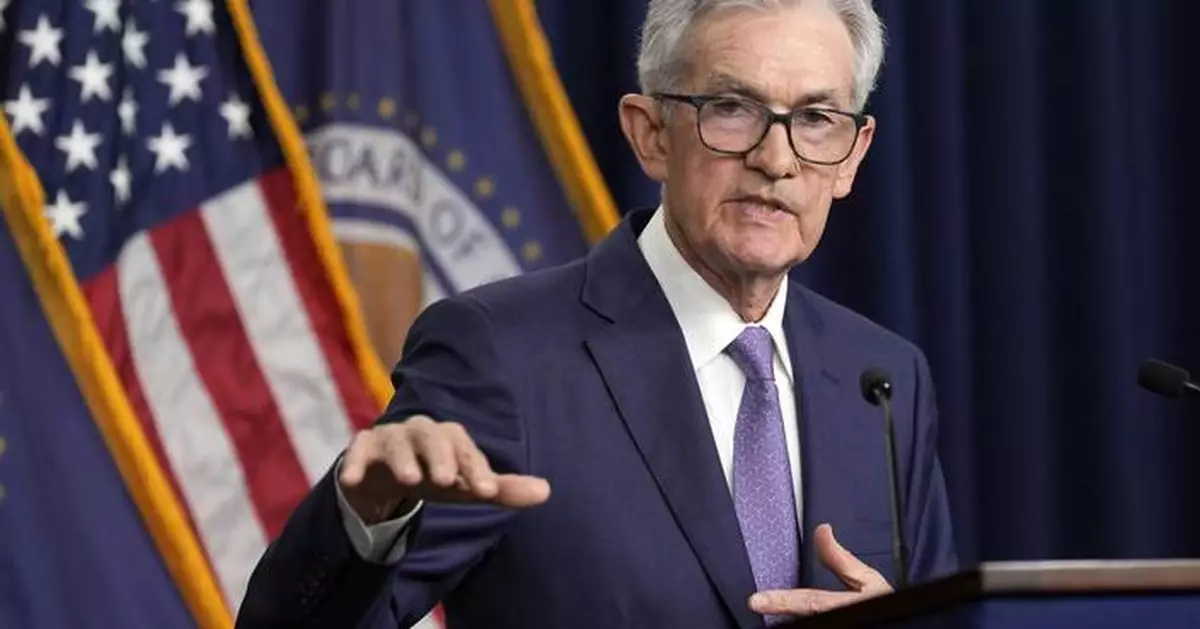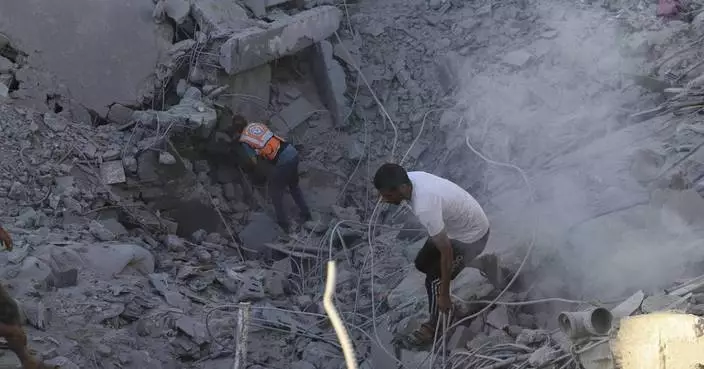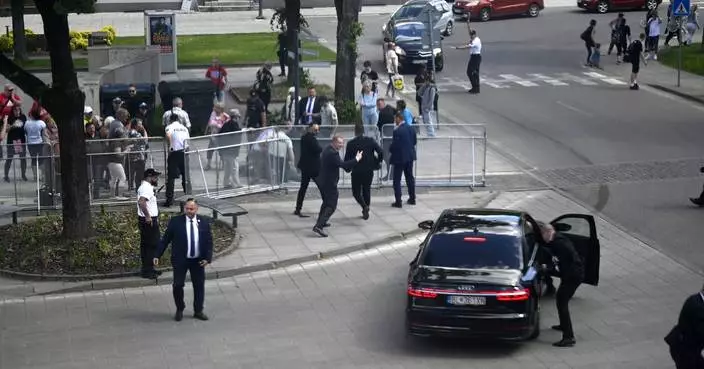WASHINGTON (AP) — Inflation in the United States is slowing again after higher readings earlier this year, Federal Reserve Chair Jerome Powell said Tuesday, while adding that more such evidence would be needed before the Fed would cut interest rates.
After some persistently high inflation reports at the start of 2024, Powell said, the data for April and May “do suggest we are getting back on a disinflationary path."
Speaking in a panel discussion at the European Central Bank's monetary policy conference in Sintra, Portugal, Powell said Fed officials still want to see annual price growth slow further toward their 2% target before they would feel confident of having fully defeated high inflation.
“We just want to understand that the levels that we’re seeing are a true reading of underlying inflation," he added.
Powell also acknowledged that the Fed is treading a fine line as it weighs when to cut its benchmark interest rate, which it raised 11 times from March 2022 through July 2023 to its current level of 5.3%. The rate hikes were intended to curb the worst streak of inflation in four decades by slowing borrowing and spending by consumers and businesses. Inflation did tumble from its peak in 2022 yet still remains elevated.
If the Fed cuts rates too soon, Powell cautioned, inflation could re-accelerate, forcing the policymakers to reverse course and impose punishing rate hikes. But if the Fed waits too long to reduce borrowing costs, it risks weakening the economy so much as to potentially cause a recession.
“Getting the balance on monetary policy right during this critical period — that’s really what I think about in the wee hours,” Powell said in response to a question about his top worries.
On Friday, the government reported that consumer prices, according to the Fed's preferred measure, were unchanged from April to May, the mildest such reading in more than four years. And compared with a year earlier, inflation dropped to just 2.6% in May, from 2.7% in April, the government said.
Excluding volatile food and energy costs, “core” prices also barely rose from April to May. On a year-over-year basis, core inflation fell to 2.6% from 2.8% in April. The latest inflation figures were a sharp improvement from early this year.
In his appearance Tuesday, Powell said the U.S. economy and job market remain fundamentally healthy, which means the Fed can take its time in deciding when rate cuts are appropriate. Most economists think the Fed's first rate cut will occur in September, with potentially another cut to follow by year's end.
The Fed chair also said the job market is “cooling off appropriately,” which likely means that it won't heighten inflationary pressures through rapid wage gains.
“It doesn’t look like it’s heating up or presenting a big problem for inflation going forward," Powell said of the job market. “It looks like it’s doing just what you would want it to do, which is to cool off over time.”
Powell declined to signal any time frame for a rate cut. Investors are betting that there is nearly a 70% chance for a reduction at the Fed's meeting in September.
Fed officials have expressed a range of views on inflation and interest-rate policy since their last meeting a little over two weeks ago.
John Williams, president of the Federal Reserve Bank of New York and vice chair of the central bank's rate-setting committee, said last week, “I am confident that we at the Fed are on a path to achieving our 2% inflation goal on a sustained basis."
Mary Daly, president of the San Francisco Fed, cautioned last week, though, that it was “hard to know if we are truly on track to sustainable price stability.”
In his appearance Tuesday in Portugal, Powell spoke at a panel along with Christine Lagarde, president of the European Central Bank, and Roberto Campos Neto, the head of Brazil's central bank.
The ECB has already made a quarter-point cut to its key rate this year, with inflation in the 20-nation eurozone having sunk from above 10% to just 2.5%.
In her remarks Tuesday, though, Lagarde reiterated that the ECB is not on any “predetermined path” and that its recent rate cut “would be followed by further review of data.”
Such comments have led many analysts to conclude that the ECB's next rate cut won't occur until September at the earliest.
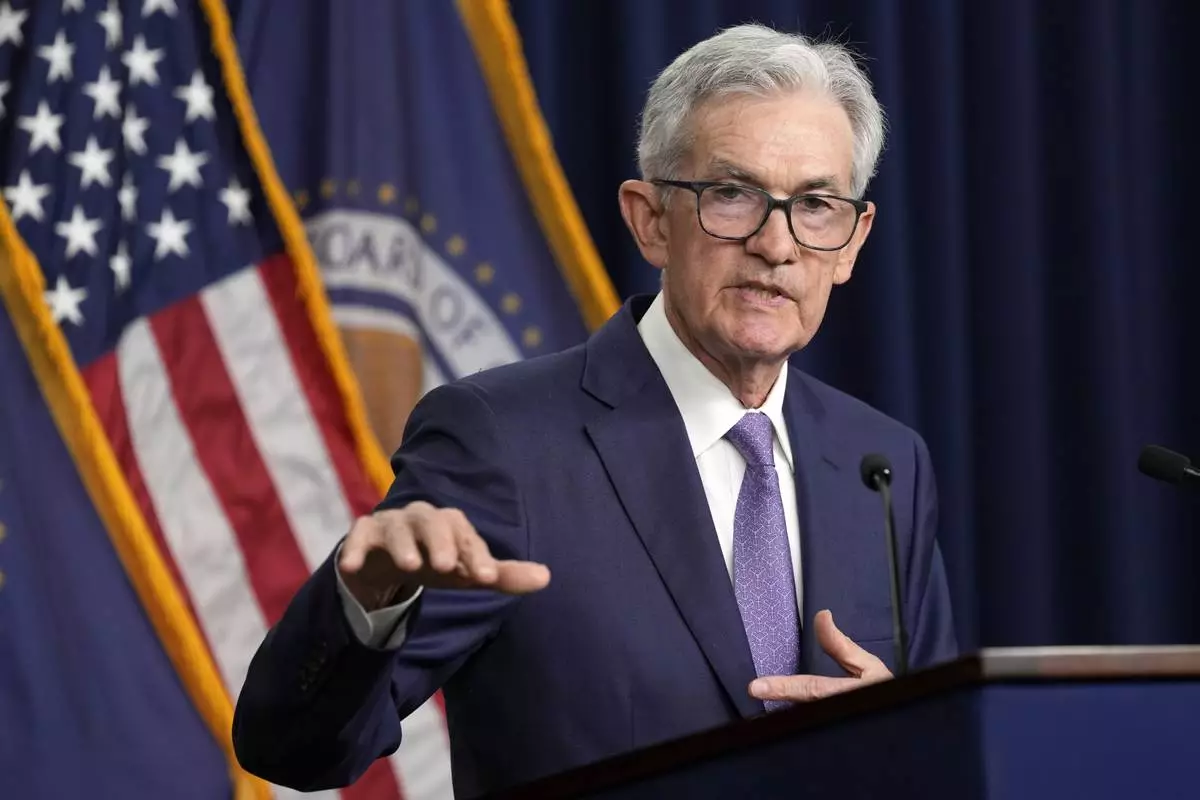
FILE - Federal Reserve Board Chair Jerome Powell speaks during a news conference at the Federal Reserve in Washington, June 12, 2024. Powell will be in Portugal on Tuesday, July 2, 2024, to take part in a panel discussion on central banking policy with members of the European Central Bank. (AP Photo/Susan Walsh, File)
TEL AVIV, Israel (AP) — Israel's Cabinet was set to convene Thursday to discuss Hamas' latest response to a U.S.-backed proposal for a phased cease-fire in Gaza, as diplomatic efforts aimed at ending the nine-month war stirred back to life after a weekslong hiatus.
Fighting, meanwhile, intensified between Israel and Lebanon’s Hezbollah, with the militant group saying it fired more than 200 rockets and exploding drones into northern Israel to avenge the killing of a senior commander in an Israeli airstrike the day before.
The relatively low-level conflict has literally set the border ablaze and raised fears of a potentially even more devastating war in the Middle East. Hezbollah has said it will halt its attacks if there is a cease-fire between Hamas — a fellow Iran-backed ally — and Israel.
The United States has rallied world support behind a plan that would see the release of all of the scores of hostages still held by the militant group in return for a lasting truce and the withdrawal of Israeli forces from Gaza. But until now, neither side appears to have fully embraced it.
Hamas suggested “amendments” to the proposal last month, some of which the U.S. said were unworkable, without providing specifics. Israeli Prime Minister Benjamin Netanyahu has confirmed that the original proposal was an Israeli one, but has raised doubts over whether it would end the war — a key Hamas demand.
Hamas confirmed Wednesday that it had sent another response to Egypt and Qatar, which are mediating the talks, without providing details. A U.S. official said the Biden administration was examining the response, calling it constructive but saying more work needed to be done. The official, who wasn't authorized to comment publicly, spoke on condition of anonymity.
An Israeli official said Netanyahu would convene a Cabinet meeting Thursday to discuss the latest developments surrounding the negotiations. The official, who wasn't authorized to discuss the meeting with media, spoke on condition of anonymity. Israel would likely hold additional consultations before making a final decision on any amended proposal.
As cease-fire talks appeared to be gaining new steam, the Health Ministry in Hamas-run Gaza said the death toll in the war had climbed past 38,000.
Hamas political official Bassem Naim said that the group has neither accepted nor rejected the American proposal, and has “responded with some ideas to bridge the gap” between the two sides, without elaborating. Ismail Haniyeh, Hamas' top political leader, has shared suggestions with Egyptian, Qatari and Turkish officials, the group said in a statement late Wednesday.
U.S. officials have said the latest proposal has new language that was proposed to Egypt and Qatar on Saturday and addresses indirect negotiations that are set to commence during the first phase of the three-phase deal that U.S. President Joe Biden laid out in a May 31 speech.
The first phase calls for a “full and complete cease-fire,” a withdrawal of Israeli forces from all densely populated areas of Gaza and the release of a number of hostages, including women, older people and the wounded, in exchange for the release of hundreds of Palestinian prisoners.
The proposal called for the parties to negotiate the terms of the second phase during the 42 days of phase one. Under the current proposal, Hamas could release all of the remaining men, both civilians and soldiers, during the second phase. In return, Israel could free an agreed-upon number of Palestinian prisoners and detainees. The releases wouldn't occur until “sustainable calm” takes effect and all Israeli troops withdraw from Gaza. The third phase would see the return of the remains of hostages.
The transition from the first to the second phase has appeared to be the main sticking point.
Hamas is concerned that Israel will restart the war after the first phase, perhaps after making unrealistic demands in the talks. Israeli officials have expressed concern that Hamas will do the same, drawing out the talks and the initial cease-fire indefinitely without releasing the remaining captives.
In a lengthy television interview last month, Netanyahu said that he was prepared to make a “partial deal,” but was committed to continuing the war “after a pause” in order to annihilate Hamas. Later, speaking before Israel's parliament, he said Israel remains committed to the deal outlined by Biden.
The war began when Hamas-led militants launched a surprise attack on Oct. 7 into southern Israel, attacking multiple army bases and farming communities and killing around 1,200 people, mostly civilians. They abducted another 250 people. more than 100 of whom were released during a weeklong cease-fire in November. Militants are still holding around 80 hostages and the remains of 40 others.
Israel launched a major offensive in response to the Oct. 7 attack that has killed more than 38,000, according to health officials in Gaza, who don't say how many were civilians or militants. The war has caused vast destruction across the territory, displaced most of its population of 2.3 million — often multiple times — caused widespread hunger and raised fears of famine.
Chehayeb reported from Beirut. Associated Press writers Abby Sewell in Beirut and Aamer Madhani in Washington contributed to this report.
Follow AP’s coverage of the war in Gaza at https://apnews.com/hub/israel-hamas-war
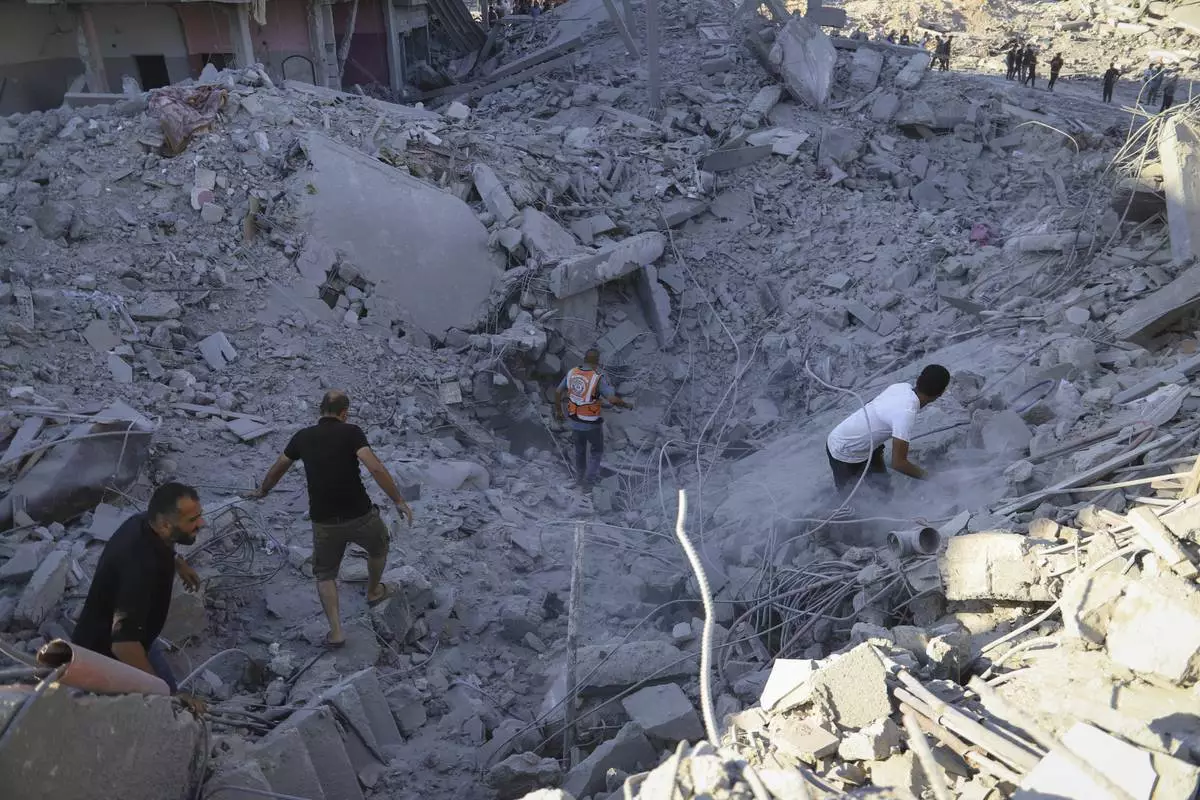
Palestinians search for bodies and survivors in the rubble of a residential building destroyed in an Israeli airstrike in Khan Younis, Gaza Strip, Wednesday, July 3, 2024. (AP Photo /Jehad Alshrafi)
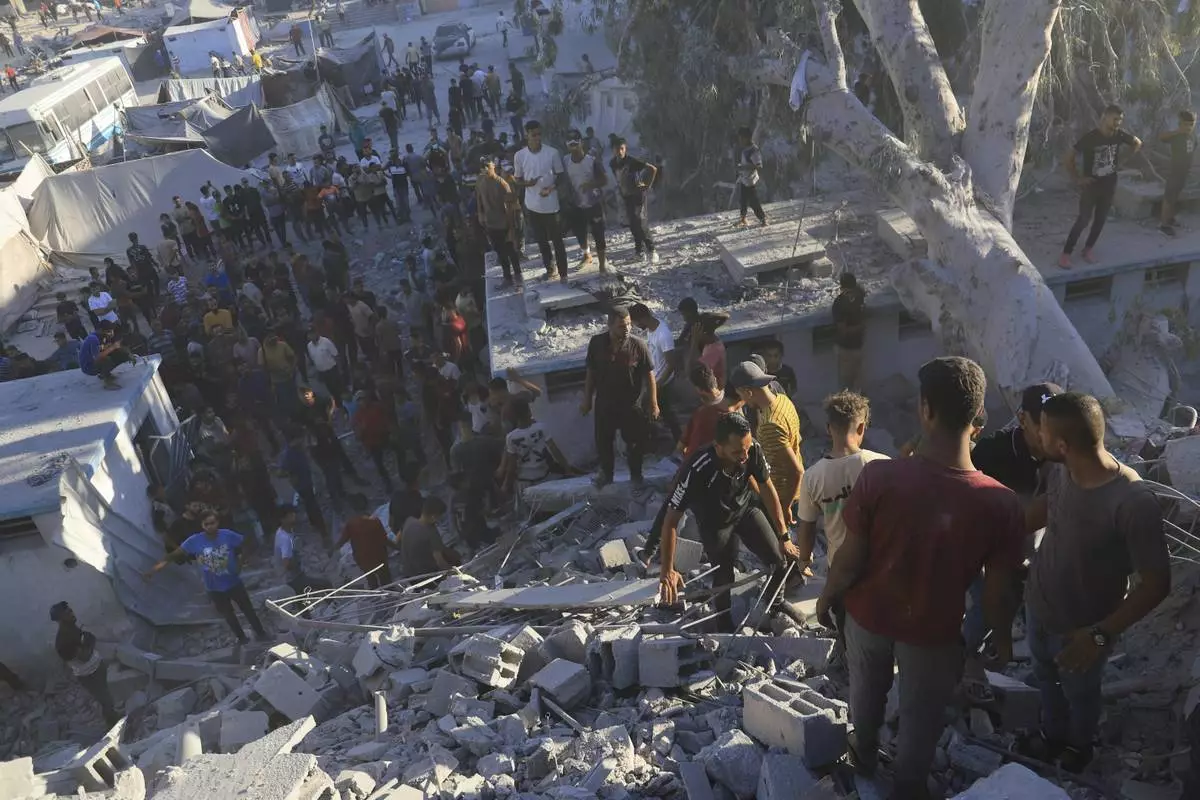
Palestinians search for bodies and survivors in the rubble of a residential building destroyed in an Israeli airstrike in Khan Younis, Gaza Strip, Wednesday, July 3, 2024. (AP Photo /Jehad Alshrafi)

Palestinians search for bodies and survivors in the rubble of a residential building destroyed in an Israeli airstrike in Khan Younis, Gaza Strip, Wednesday, July 3, 2024. (AP Photo /Jehad Alshrafi)
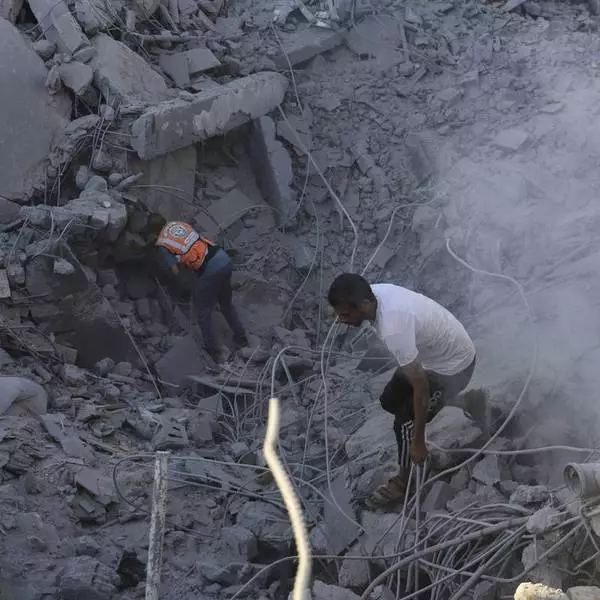
Israel weighs Hamas' latest response to Gaza cease-fire proposal as diplomatic efforts are revived
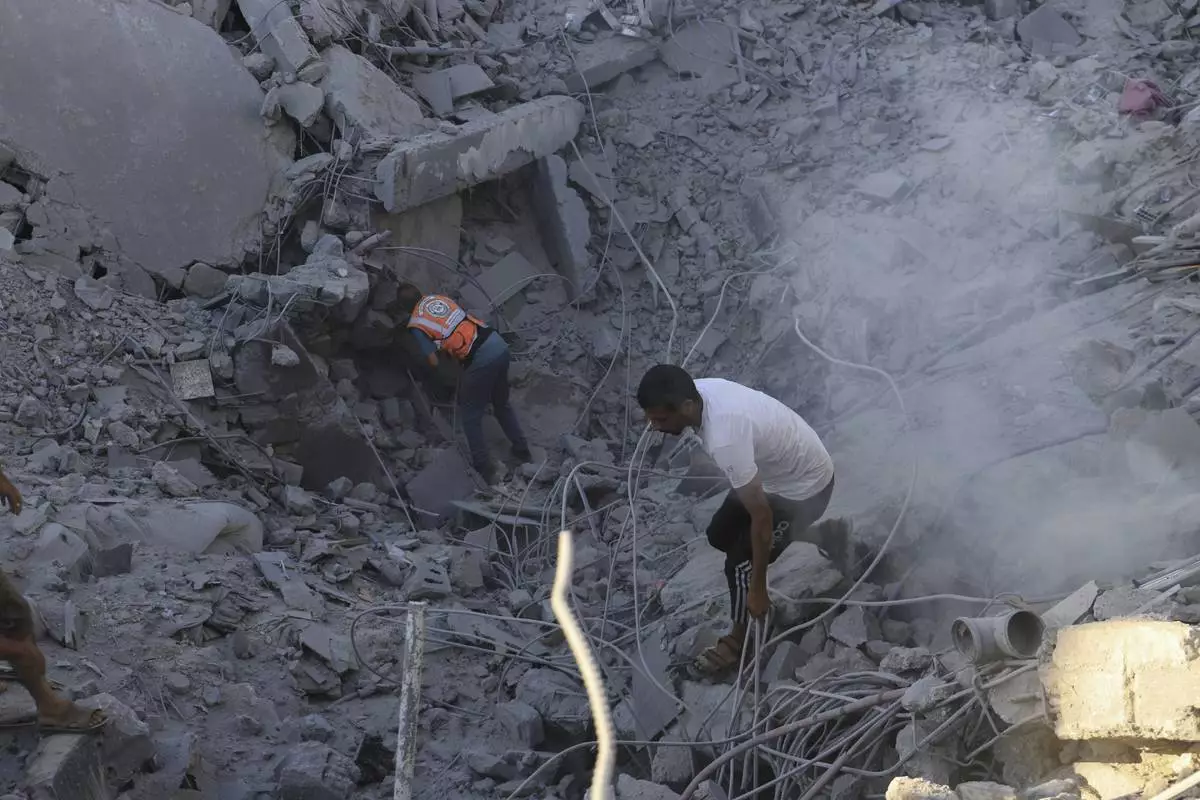
Palestinians search for bodies and survivors in the rubble of a residential building destroyed in an Israeli airstrike in Khan Younis, Gaza Strip, Wednesday, July 3, 2024. (AP Photo /Jehad Alshrafi)
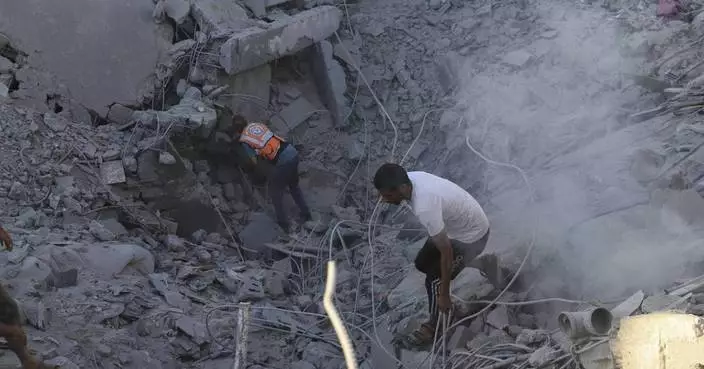
Israel weighs Hamas' latest response to Gaza cease-fire proposal as diplomatic efforts are revived



